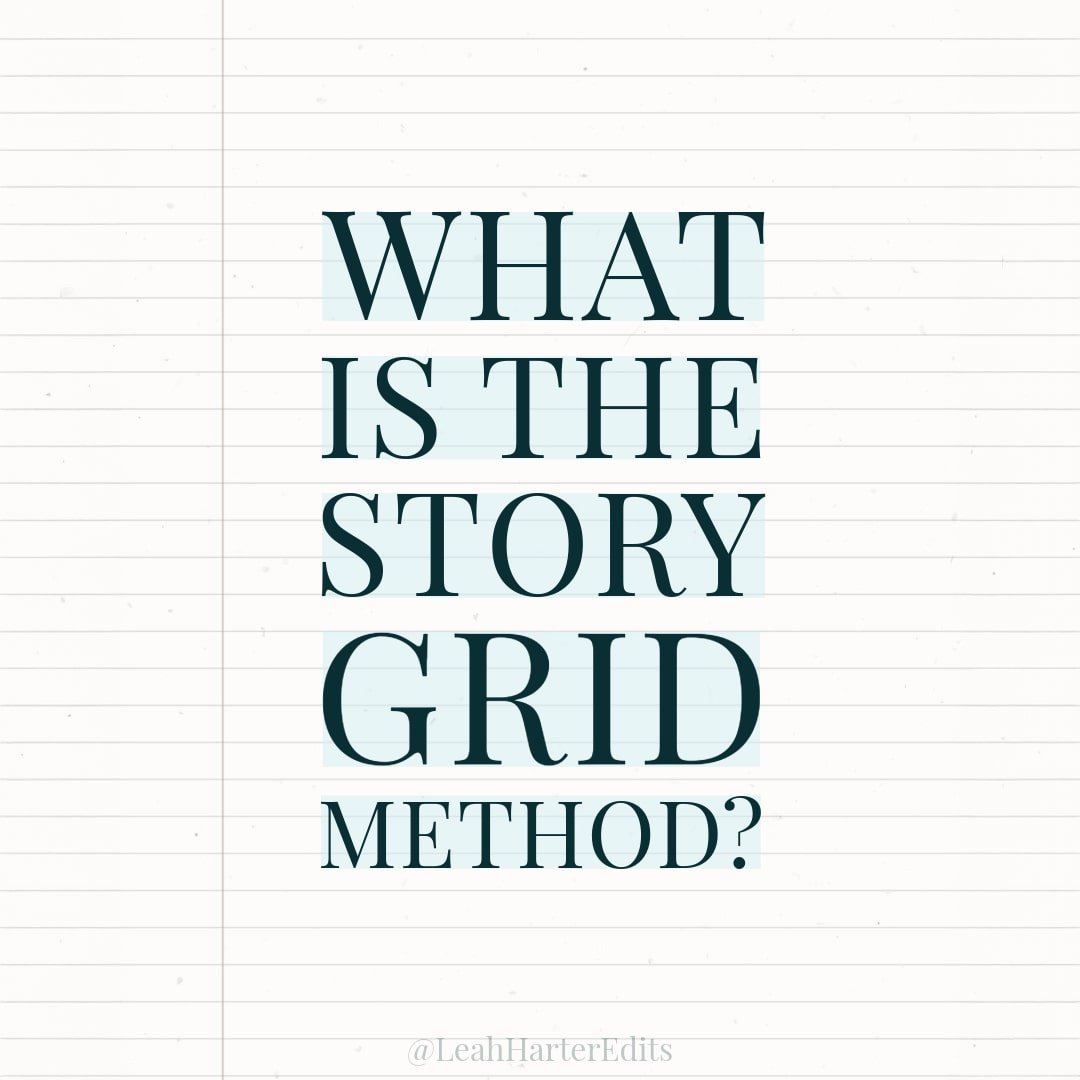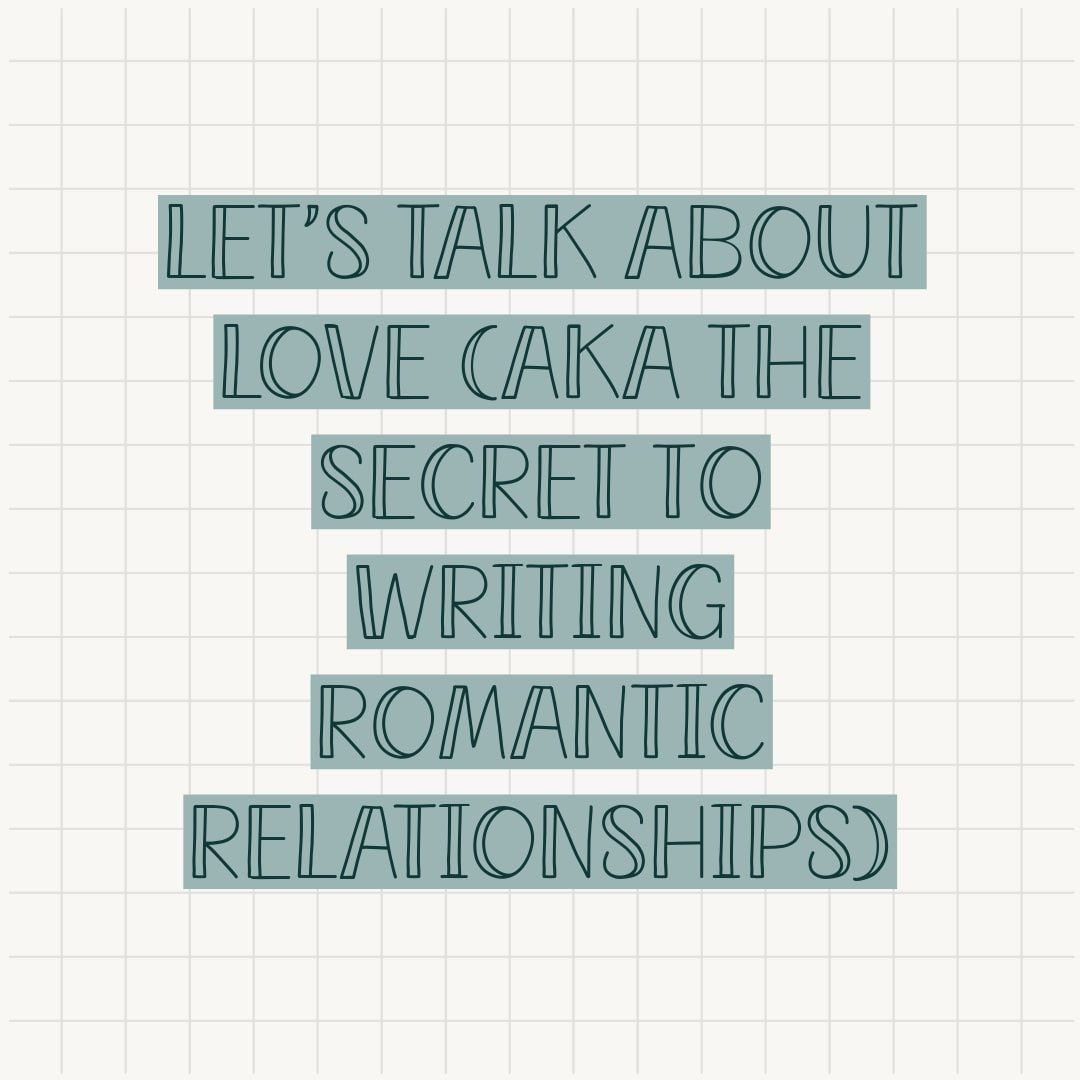
On the Blog…

How to Get Unstuck in the Middle of your Manuscript
When you need to write, it can be frustrating to hit a wall. If you're feeling stuck, try implementing some of the tips that I've listed here in order to get your writing moving. If you're still stuck, it might be time to reach out for professional help in order to reach the coveted end of your manuscript.

I attended the AWP Annual Conference. Here's what I learned (+ the best FREE Resources I discovered while there)
The Association of Writers and Writing Programs (AWP) conference features a book fair, panel discussions, and offsite events. This was my first time at AWP and if you've never spent much time around the literary community, buckle up because I have some thoughts. As an attendee this year, my primary objective was to seek out the latest information regarding the publishing industry, writing craft, and MFA programs. I constantly debate whether or not I am going to go back to school to finish my MFA, so part of my mission at this conference was to talk to some of the writing programs to see if they interested me.

Can You Pitch a Book in One Sentence?
It's an author's most dreaded question, "what's your book about?" A million thoughts race through your head as you try to capture the heart of your novel in just a few simple sentences. What if you could avoid this panicked moment by instead writing a killer synopsis of your novel in just one sentence? You might think it too good to be true, but the purpose of loglines is exactly that-- to pitch your novel in short form.

Editing Tools: What is the Story Grid Method?
This methodology was developed by Shawn Coyne, a 25-year veteran of the publishing industry, and published in his book The Story Grid: What Good Editors Know in 2015. This book has a (key) spot on my bookshelf as an editor as it provides a useful framework for analyzing story structure, genre conventions and obligatory scenes, and the theme of your novel.

The Secret to Writing Romantic Relationships
Everybody loves a love story. Adding romance to your novel is a popular choice among authors, whether you are writing a straight-up romance novel or a romantic subplot to a science fiction or fantasy novel. If you’re trying to write a book that readers can’t put down, adding romance to your novel can elevate your story by adding another layer of conflict and tension for the characters that adds a new dimension to your story.

The Supporting Cast (aka why secondary characters matter)
Yes, developing your secondary characters can be the difference between a good novel and a great one. Your story is about your protagonist’s arc of change as they navigate the external plot. They are, after all, the star of the show. However, this doesn’t mean that your novel is all about them.
A distinct cast of secondary characters is a key component in bringing your manuscript from boring to unputdownable.

How to Use Your Theme in World-building to Hook Your Readers
There is more to world-building than just writing a cool premise. While that is part of hooking your reader, world-building can be another tool to help your protagonist learn the theme of your novel. In a previous blog post, I talked about the flawed belief aka the lie that your character believes. The opposite of this lie is the lesson that your protagonist must learn. Everything in your story is moving simultaneously to achieve this goal including your world-building.

World-Building 101: Easy Tips for Beginners
What’s in a world? Dreaming up a world for your novel might feel like standing at the bottom of a mountain and looking up. It can be terrifying figuring out where to start and the road ahead seems arduous. Don’t fret, you are not alone. Every writer must build the world of their novel to some extent, even those who are not writing speculative fiction.

The Art of Pairing Your Protagonist with Their Plot
Not every protagonist is compatible with every storyline, and that’s a good thing—unique characters need equally unique plots. If your narrative feels like it could fit any generic character, it likely lacks the specificity that makes stories memorable. But how do you ensure that your leading character and plot align seamlessly to create a compelling narrative?

How Your Protagonist’s False Belief Drives the Plot
Learn how to craft three-dimensional protagonists with meaningful character flaws that drive your story forward. Explore tips on creating compelling internal obstacles, believable false beliefs, and character journeys that connect deeply with your plot. Discover how every detail in your story can serve a purpose to captivate readers and elevate your novel.

How to Use Setups & Payoffs in Your Novel
How can you use setups and payoffs to elevate your novel? Writers can use these tools to build trust with readers and keep them flipping pages.

Plotting Style: Are you a Plotter or Pantser?
Are you a plotter, pantser or somewhere in between? Writers often fall into these categories. While I am not someone who is interested in putting people in boxes, they can be useful in arranging your thoughts and building writing habits that work for you.

5 Reasons You Should Read “Story Genius” by Lisa Cron
If you’ve spent any amount of time on the internet, you’ve likely come across the never-ending “to-do” list that is supposedly required for writing a novel. We’ve all heard it: “You should be focusing on plot. You should be studying character development. You should already be outlining your next novel.” All while balancing work, life, and let’s not forget—actually writing your first draft.

Guide to Editing (AKA what the heck do all these terms mean)
A guide to the different types of editors available to take your manuscript from an unpolished draft to a finished novel.
